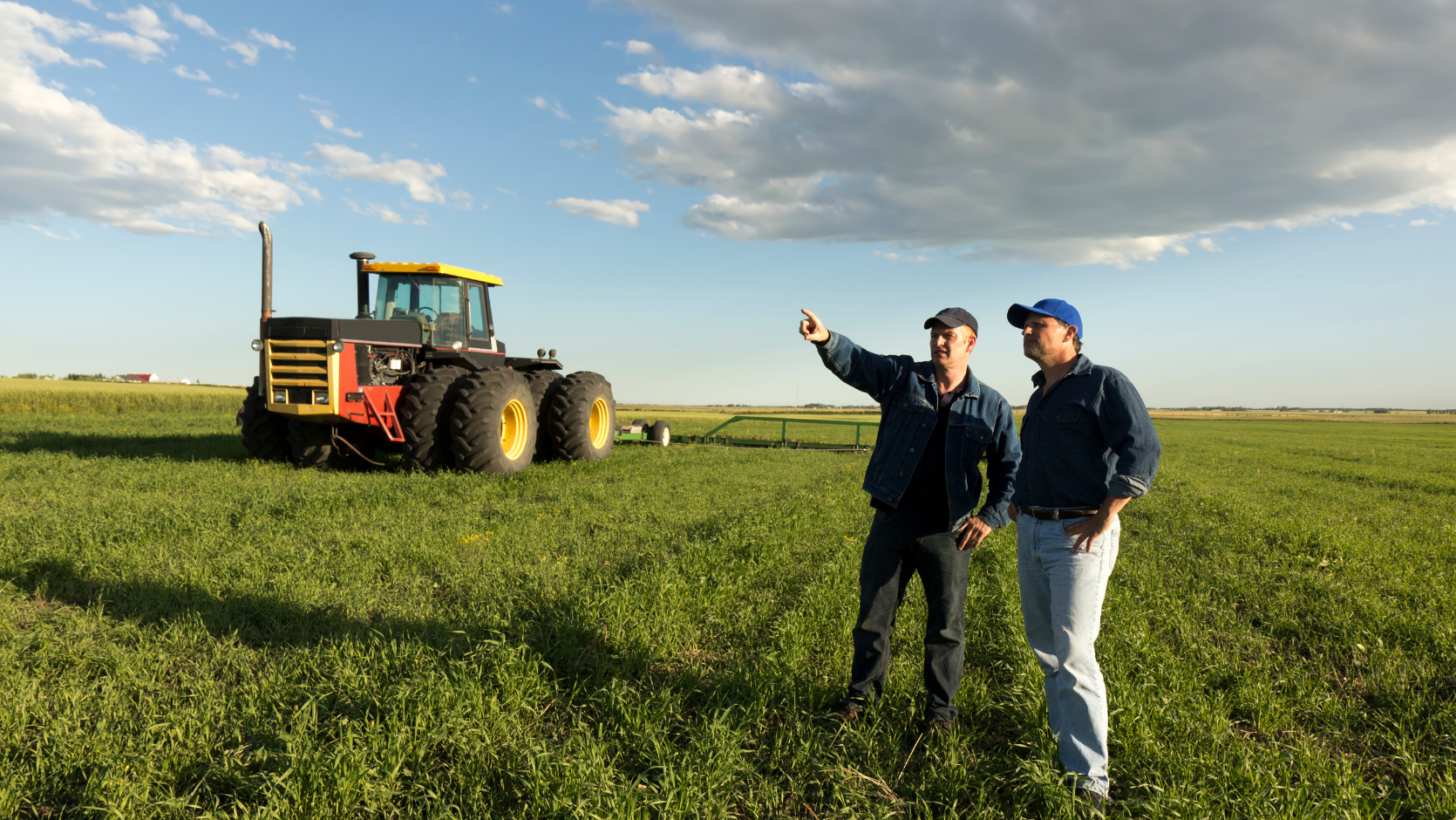The Facts
Driver loses control of vehicle on wet road
A car accident took place in Chatswood, NSW, on a dark and rainy day with poor visibility. One of the cars involved was a Nissan Skyline, occupied by the driver and his passenger, who worked together and had just left their place of work.
The driver lost control of the Skyline, crossed onto the wrong side of the road and came to a standstill. A four wheel drive vehicle travelling in the opposite direction was unable to stop and collided with the front passenger door of the Skyline. The passenger was trapped in the car and sustained serious injury to his left leg. The driver of the four wheel drive was also injured.
“Nominal Defendant” in cases where vehicle is uninsured or unidentified
Both the passenger and driver of the Skyline reported that immediately before the accident, a black vehicle had moved suddenly from the kerbside into the lane in front of them. They claimed it abruptly cut them off and that the driver had lost control of the Skyline while swerving to avoid it.
However, no black vehicle could be identified. In NSW, all insurers are required to be part of the Nominal Defendant fund. This is a statutory body set up for claims to be made by people who are injured by a vehicle which is uninsured, or where the vehicle cannot be identified (for example, a hit-and-run). The purpose of the Nominal Defendant is to ensure that people who are injured don’t go without adequate treatment or compensation.
Passenger sues Nominal Defendant and driver of car
The passenger sued the Nominal Defendant, on the basis that the unidentified black vehicle had caused the accident. The passenger also sued the driver of the car, arguing that the driver had breached his duty of care by driving at a speed which was excessive given the wet conditions, causing him to lose control of the vehicle.
Nominal Defendant denies liability
The Nominal Defendant denied liability, relying on the account of the driver of the oncoming four wheel drive vehicle. This driver reported that immediately before the accident she had seen the Skyline “fishtailing out of control” before it crossed over onto the wrong side of the road. She also said that she did not see any unidentified black vehicle.
It was up to the court to decide who was to blame for the accident; the driver of the Skyline or the driver of an unidentified black vehicle (i.e. the Nominal Defendant).














Expert commentary on the court's decision
Legal principles – determination on liability
The passenger bore the onus of proof of establishing that either the driver, or the Nominal Defendant, or both, were negligent.
To prove negligence, it is necessary to prove that a defendant owed the plaintiff (passenger) a duty of care, that the defendant breached that duty and that the defendant caused the alleged damage.
The Civil Liability Act 2002 sets out definitions of harm and personal injury, duty of care, causation, assumption of risk and contributory negligence. These are the tests which need to be applied to establish negligence in law.
District Court finds that both driver and Nominal Defendant were negligent
In the case Jereme Smith v Ryan Harris & The Nominal Defendant [2014] NSWDC 254, the court found that the driver, Mr Harris, was negligent in the manner of driving and control of his motor vehicle by failing to take precautions against a risk of harm to the passenger, Mr Smith. The risk was foreseeable and not insignificant.
The driver drove at a speed at which he could not manoeuvre his car to avoid a collision with the unidentified black vehicle, while still maintaining control of his car.
The court further found that the driver of the unidentified black vehicle similarly breached its duty of care to the passenger by veering suddenly into the path of the Nissan Skyline.
As to apportionment of liability between the defendants, the court found that it was the actions of the driver of the unidentified black vehicle, which merged from the kerbside lane, which were substantially liable for the passenger’s injuries. The appropriate apportionment was 40% to the driver of the Skyline and 60% to the Nominal Defendant.
Nominal Defendant appeals decision to Supreme Court
The Nominal Defendant appealed the District Court’s decision to the Supreme Court of NSW, in the case Nominal Defendant v Smith [2015] NSWCA 339.
The Supreme Court found that the District Court judge did not pay sufficient regard to the objective facts, witnesses’ motives and overall probabilities. Specifically, the primary judge was found to have failed to weigh the competing testimonial evidence of the passenger in the Nissan Skyline, and the driver of the oncoming four wheel drive vehicle, on the balance of probabilities.
The Supreme Court found that the primary judge failed to consider the objective likelihood of the driver of the Skyline losing control of his car without the involvement of any other vehicle, given the evidence that was presented about his driving history.
The Supreme Court allowed the appeal and set aside the judgment against the Nominal Defendant, finding that the driver of the Skyline was solely liable in negligence for his passenger’s injuries.